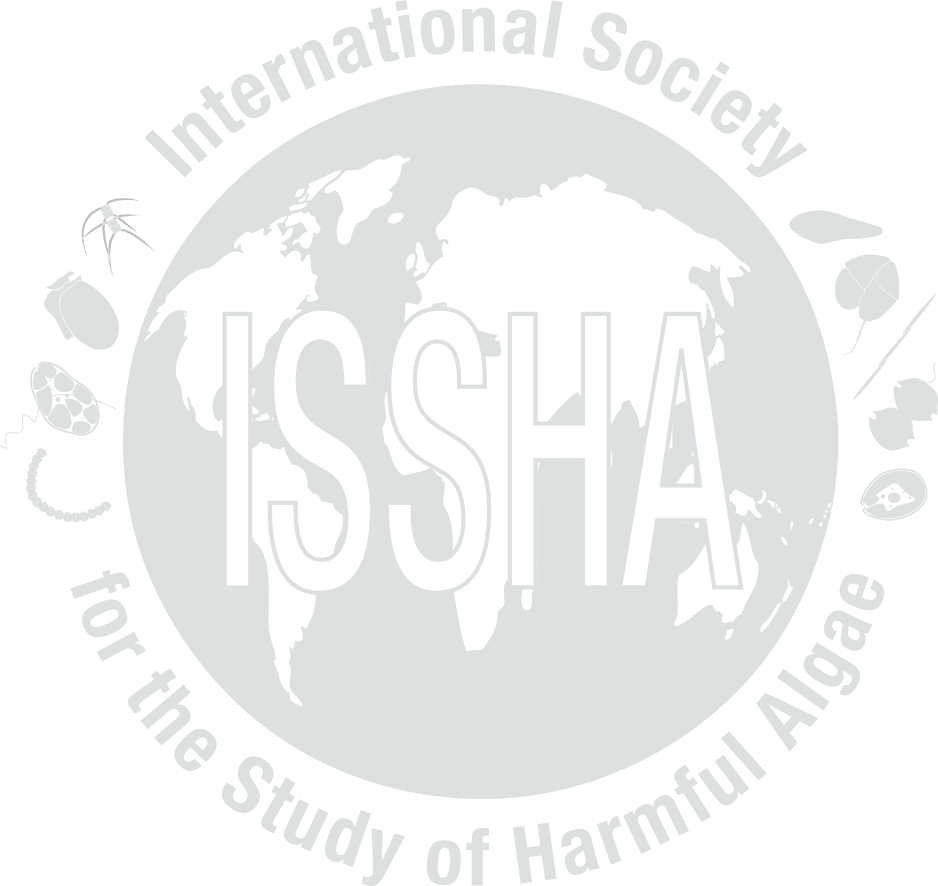|
Causative organism known:
|
Yes
|
|
Causative Species/Genus:
|
Alexandrium catenella
( cells/L)
cells/L not given in this record
|
|
Co-Ocurring Species/Genus:
|
Ceratium furca
(20000000 cells/L)
by April 1997 - dominant species
Dinophysis acuminata
( cells/L)
cells/L not given in this record
|
|
Chlorophyll concentration, if known:
|
µg/l
|
|
Additional bloom information:
|
Highest concentration of 2600µg toxin/ 100g mussel tissue recorded during May.
|
|
Event-related bibliography:
|
PITCHER, G.C. and A. C. COCKROFT 1998 - Low oxygen, rock lobster strandings and PSP. In Harmful Algae News, ed, T. Wyatt, Intergovernmental Oceanographic Commission of UNESCO, 17: 1-3
|
|
Species containing the toxin
|
Toxin type
|
Toxin details
|
Max. concentration
|
Assay type
|
|
|
Kit used:
|
Type of kit used:
|
|
Additional information:
|
Shellfish toxicity but no direct reference to the tests carried out.
|
|
Economic losses:
|
2000 tons of of west coast rock lobster due to the low oxygen event from the Ceratium furca bloom
|
|
Management decision:
|
From March 1997 to August 1997 a ban was placed on the collection of wild shellfish
|
|
Additional harmful effect information:
|
On 30 April 1997 a woman died after eating white mussels (Donax serra), 9 May another woman died after eating black mussels (Mytilus galloprovincialis), on 13 May four Taiwanese sailors were admitted to hospital after eating both raw and cooked mussels.
|



